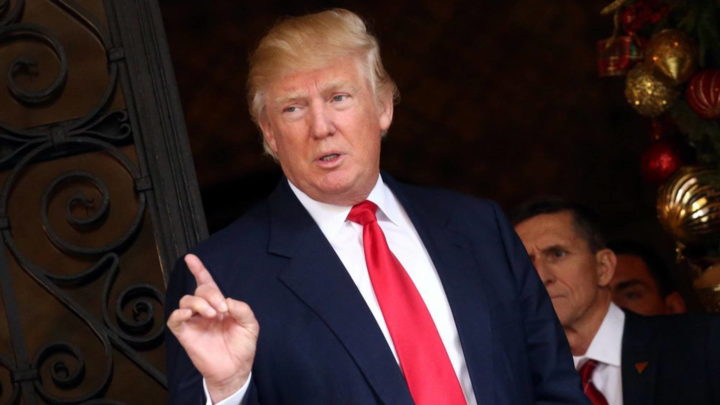Donald Trump may be the last loser to win through the Electoral College. Two of the last three presidencies, Trump’s included, have gone to the candidate who lost the popular vote. In 2000, the Supreme Court halted the Florida recount, handing the election to George W. Bush. It was later determined that Vice President Al Gore actually won the election by half a million votes. In 2016, Hillary Clinton received almost 3 million more votes than Donald Trump, but Trump still won. These victories, where the loser wins, were made possible through the Electoral College, one of the U.S. Constitution’s key anti-democratic provisions.
The 55 wealthy white men who drafted the Constitution in 1787, many of whom were slaveholders, envisioned a democracy, but they didn’t trust the masses to choose the right president. So they created the Electoral College. Now, more than 230 years later, a mass movement is building to elect the president through a national popular vote.
In December 2000, while the U.S. Supreme Court was deciding on the Florida recount in the Bush v. Gore case, the late, legendary historian Howard Zinn appeared on the Democracy Now! news hour, to shed some light on this little-understood entity, the Electoral College. He described the 1787 Constitutional Convention in Philadelphia:
“When they came to the question of how to elect a president, there was a rather lively debate over how the president should be elected and how many years should a president serve and should there be a vice president, and so on. There were several proposals made that the president should be simply elected by popular vote. Those proposals were immediately knocked down…the founding fathers were really not inclined to have real popular choice of the people who would run our government.”
Instead, they devised a plan whereby state legislatures would appoint “electors” who would meet amongst themselves on a state-by-state basis to choose the president, forming a firewall between the voters and the election of the president. At that time, the voters consisted of a very select group of mostly white landowning men (a few states allowed free Black men to vote as well).
Alexander Hamilton, who has achieved star status as the subject of Lin-Manuel Miranda’s blockbuster musical “Hamilton,” defended the decision to create the Electoral College, writing in Federalist Papers 68 that the Electors, who would deliberate in a “judicious” manner, would weed out presidential contenders who were unfit for office:
“Talents for low intrigue, and the little arts of popularity, may alone suffice to elevate a man to the first honors in a single State; but it will require other talents, and a different kind of merit, to establish him … for the distinguished office of President of the United States.”
If the Electoral College was intended to protect the nation from a president skilled at “low intrigue” and “the little arts of popularity,” it clearly failed in 2016.
Each state receives a number of electors equal to the number of senators and representatives it has in Congress. Since 1961, the 23rd amendment gave the District of Columbia three electors as well.
The states grant their electors to whatever presidential candidate wins the popular vote in their state. In all but two of the states, it’s “winner take all.” It is this system that has driven presidential campaigns to focus almost entirely on a handful of so-called “swing states,” places where either a Republican or Democratic candidate has a chance of winning. For example, the other forty or so states are generally ignored by the campaigns, as the allocation of their electoral votes is a foregone conclusion. California, Oregon and Washington are “Blue States,” and Mississippi and Alabama are “Red States.”
Modern voters, most of whom believe a president should be popularly elected, are joining together, state by state, to overcome the historical aberration of the Electoral College. The National Popular Vote Interstate Compact is a plan to achieve that. It doesn’t do away with the Electoral College. Scrapping it entirely would require the difficult, lengthy constitutional amendment process.
Instead, each state that adopts the compact passes a law that says its electors will go to whichever candidate wins the national popular vote in the country as a whole, regardless of what candidate wins in that particular state.
The compact won’t take effect until enough states adopt it so that the aggregate of their electoral votes equals 270 or more — enough to guarantee the presidency to the most popular candidate. To date, 15 states and the District of Columbia have passed the law, amassing a total of 196 electoral votes. When states with a total of 74 electoral votes or more join the compact, the dysfunction of the Electoral College system will come to an end.










